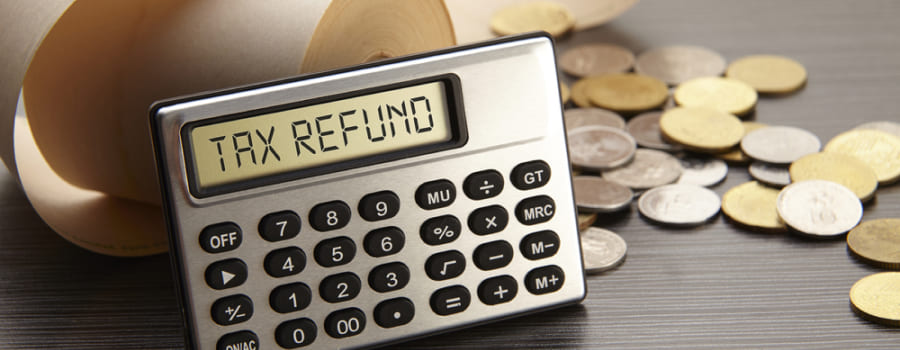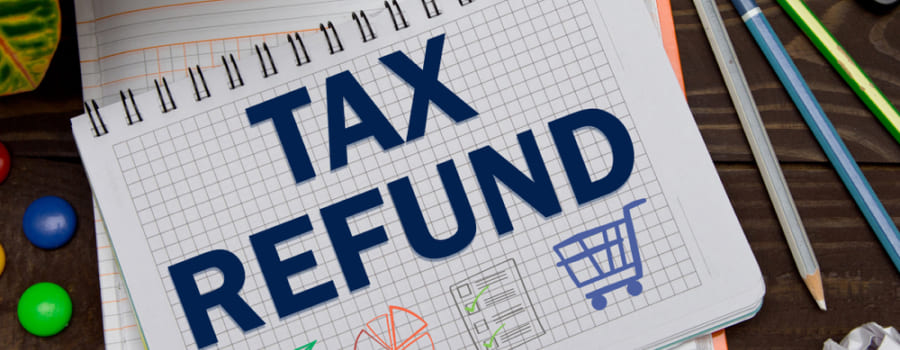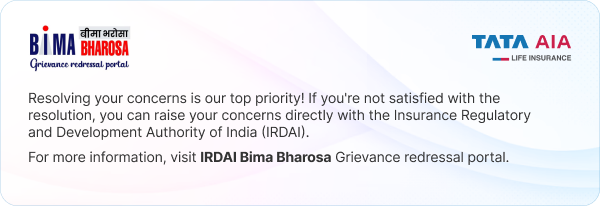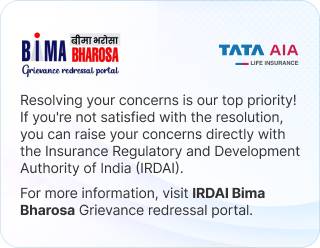Have you come across the term income tax refund news? Individuals often discuss this term and engage in the income tax refund process to receive their refund promptly! The income tax refund is a process by which a refund is furnished to every taxpayer whose actual tax liability is less than what is already paid. The eligible individuals can get a refund after filing ITR. In addition, there is a defined claim refund process that can be done online for the benefit of swift processing. So, who is eligible for the income tax refund process and how to do it? Let us get into the details.
Eligibility Criteria for the Income Tax Refund
Sections 237 to 245 of the Income Tax Act, 1961, detail the provisions that relate to the income tax refund process.
The following are the scenarios wherein the taxpayer is eligible for a refund:
- If the advance tax paid is greater than the actual tax liability.
- If the self-assessment tax is greater than the actual tax payable.
- If the Tax Deducted At Source from your salary, interest on securities, dividends etc., is more than the tax liability.
- An error in the regular assessment of your tax liability that you took the necessary steps to resolve.
- You haven't or have not yet declared investments that qualify for tax deductions on the net taxable income.
- If your income is taxed in a different country and in India, which leads to double taxation.
How to Claim an Income Tax Refund?

Claiming the income tax refund is a simple process. It can be done conveniently from the comfort of your house through the online process. Here are a few steps that you can take to get the income tax refund.
- File the income tax return(ITR) for that year before the last date announced by the government.
- It can be done using the online method. You can access the e-filing portal for the same. You have to furnish the details regarding your investments that qualify for deductions. For instance, if you have invested to secure your financial future, your investments qualify for tax* deduction up to ₹1,50,000 under Section 80C. Provide the amount you have spent paying the premium for a tax deduction while filing ITR.
- Once you have completed filling in the details, the system will automatically calculate the tax liability and map taxes paid against it, refund due if applicable on the form and display it.
This form will proceed with the verification process to evaluate the genuineness of your claim by the Income Tax (IT) Department. The claim might get rejected or accepted and paid by the IT Department. After the processing and verification, the IT Department will send an intimation to your registered email. The intimation will mention one among the following:
- Your calculation and the IT Department’s matching, and there is no refund applicable.
- Your claim is rejected as the calculation did not match and requires you to pay additional tax.
- The claim is accepted, and the IT Department will pay the refund.
You must ensure to check your bank account details provided in the e-filing portal because the refund will be directly credited to your bank account by the IT Department.
In case if your refund claim is accepted and is due, the intimation email will provide the refund amount payable and the reference number. You can check your income tax refund status based on that information.
Tracking the Status of Your Income Tax Refund
There are multiple ways to track your income tax refund status.
- Visit the official e-filing website and select the ITR status button. Provide the PAN card and acknowledgement number.
- Visit the NSDL website, navigate the refund status login page and provide the PAN card and assessment year details.
Accessing the online income tax refund status is simple and user friendly.
Interest on the Income Tax Refund
If you are eligible to receive the income tax refund, you will also receive interest on the same. The period for which the interest is calculated is based on the following:
- When the refund is due to the excess of payment on advance tax or TDS:
- The period will be from April 1(assessment year) to when the refund is granted if ITR is on or before the due date.
- The period will be from the date of filing ITR to when the refund is granted when ITR is filed after the due date.
- When the refund is due to an excess of self-assessment paid, the period will be from when ITR is furnished or payment of self-assessment tax done, whichever is later to when the refund is granted.
- In all other cases, the period will be from when the tax is paid to when the refund is granted.
There will be no interest payable on the first two cases if the refund amount is 10% of the tax liability. Also, suppose the refund is delayed due to a deductor. In such cases, the period due to such an action will be excluded from the period for interest calculation.
The interest is based on the simple interest method of calculation on the amount due, which is at the rate of 0.5% per month or 6% per annum. It is important to note that the interest amount is taxable.
Also, if you are liable to pay an additional tax, you have to pay the interest based on the same simple interest method on the amount due from the date when the refund is granted to the date of regular assessment.
Conclusion
Income Tax Refund is a refund paid by the Income Tax department to the eligible taxpayers. It is provided to individuals who have paid more tax as opposed to the actual tax liability. The eligibility criteria and the process is detailed above for your awareness. You must claim the refund and receive it with interest payable by promptly filing the ITR. It is a simple and hassle-free online process!
And, if you are looking for tax*-saving avenues with life cover and assured returns on investments, look no further than savings-insurance plans. We provide comprehensive benefits while helping you save on tax*. The savings insurance plans provide life cover and a guaranteed1 return on maturity. Based on your preferences, you can avail the maturity returns as a regular income or regular income with the inbuilt critical illness benefit.
For more information, get in touch with us today!
L&C/Advt/2022/Dec/3140











 FOR EXISTING POLICY
FOR EXISTING POLICY 
 FOR NEW POLICY
FOR NEW POLICY 








